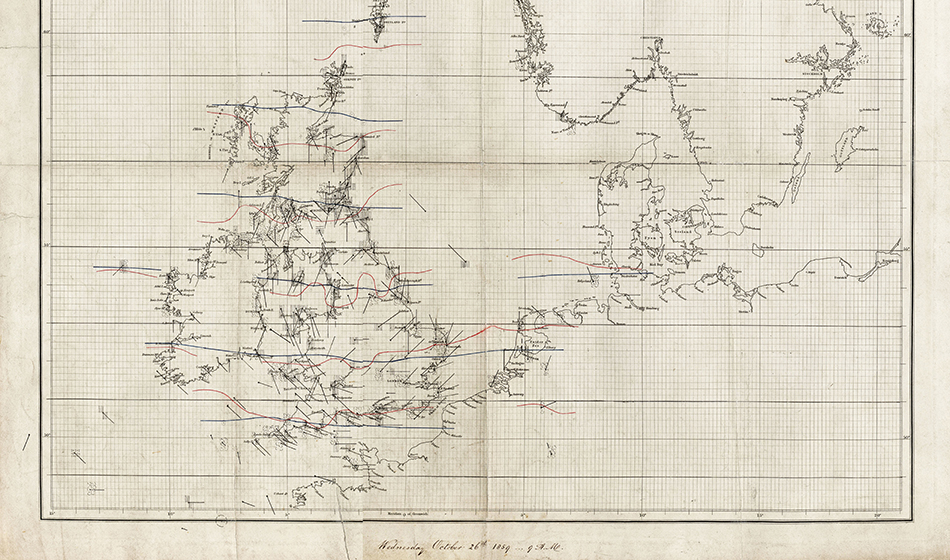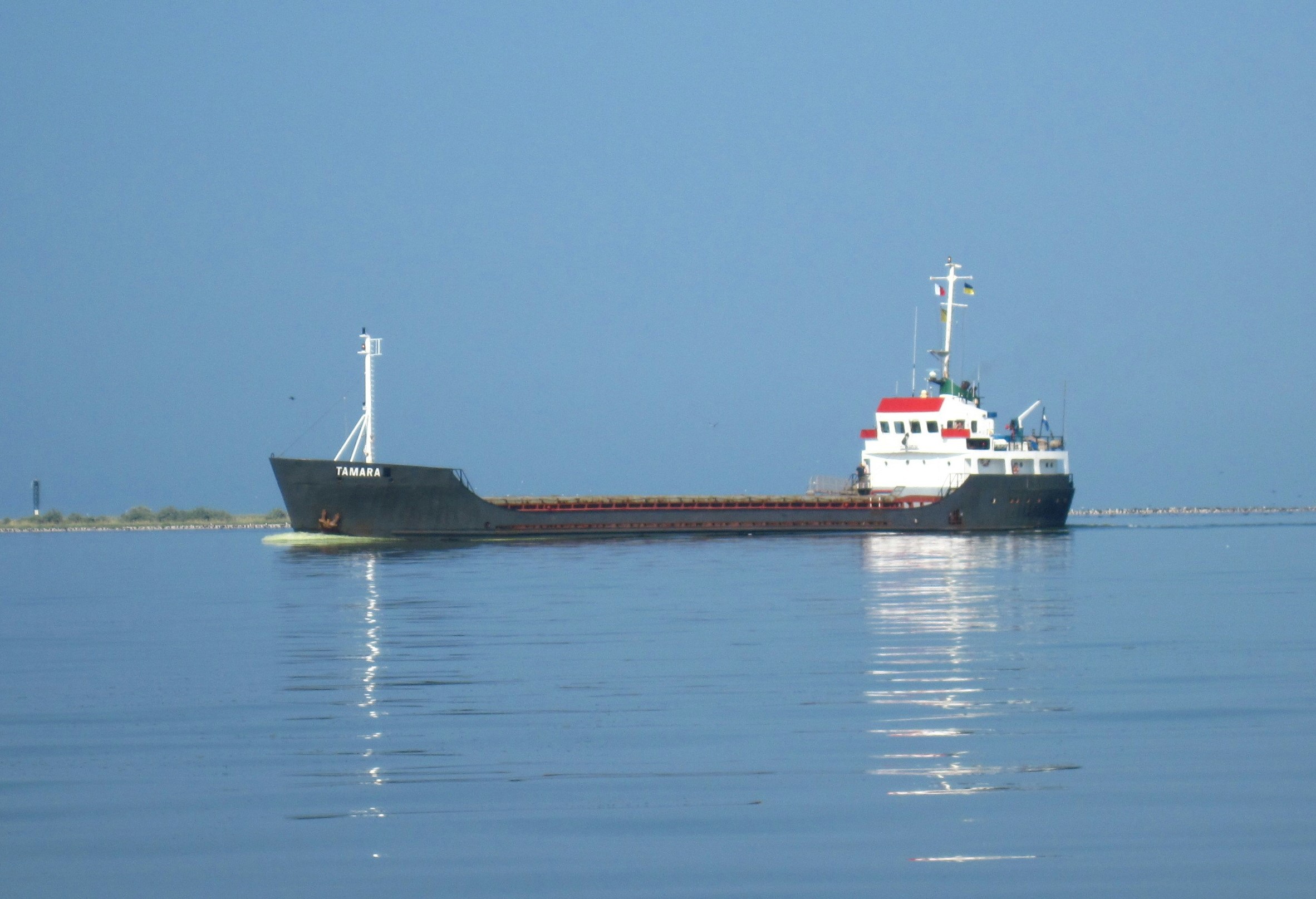Today marks 100 years since the Shipping Forecast was first broadcast on the BBC, and it’s been guiding mariners through rough seas and calm waters ever since.
The Shipping Forecast is produced by the Met Office on behalf of the Maritime and Coastguard Agency (MCA) as part of the UK's statutory obligations to provide Maritime Safety Information to seafarers via approved broadcasting methods. The Shipping Forecast is also shared with the BBC for its own broadcast.
This partnership represents an enduring and successful collaboration in public service. Throughout a century of technological and social change, it has remained steadfast in its commitment to maritime safety, potentially saving hundreds of thousands of lives.
While many Britons know the Shipping Forecast for its poetic rhythm and familiar sea areas like Dogger, Fisher and German Bight, its primary purpose – as set out by the Met Office’s founder Vice-Admiral Robert Fitzroy in 1854 – remains the protection of those who work and travel on our seas.
Read: The storm that shaped the Shipping Forecast

The above image shows the original weather chart produced by Met Office founder Robert FitzRoy to depict the Royal Charter Gale in October 1859.
Tech enabled forecasts
The evolution of the Shipping Forecast has been driven by technological advancements and innovation in meteorology, broadcasting, and data science. We're working with international bodies such as the World Meteorological Organisation to update global regulatory frameworks for maritime forecasting, ensuring standards keep pace with modern capabilities.
Looking to the future
The Met Office is working with its partners to develop the next generation of marine weather warnings and forecasts. This means looking at ways in which we can deliver more user-friendly Maritime Safety Information (MSI), in the form of visual maritime weather warnings and forecasts, as well as considering the potential of AI and machine learning in maritime products and services.
James Shapland, Head of Regulated Transport Services at the Met Office, explains: “We are always looking to make our forecasts as accessible and useable as possible. As such, we are investing in next-generation capabilities such as advanced satellite data, innovative AI models, and better ways to share vital safety information with people at sea. We have started the journey towards producing visualisable, graphical weather warnings and forecasts to accompany the current textual suite of forecasts and warnings, such as the Shipping Forecast.
"This advancement would represent a major leap forward in how we create critical weather information for mariners. It will enhance navigational decision making by allowing integration of forecasts into ship’s display systems and thus, enhancing maritime safety. This is not just about safety though, it’s about growth. Marine services are a cornerstone of the UK’s blue economy and with smarter navigation, more efficient logistics, and better environmental stewardship, we are helping to unlock new opportunities for innovation, trade, and sustainability.”
A call out to ships
Ships are essential for collecting surface meteorological data like air temperature, pressure, humidity, wind speed and sea surface temperature, as well as visual observations like sea state, ice, and clouds. All this data contributes decisively to the understanding of our ecosystem, the quality of weather forecasts, and effective response to severe weather events. The Met Office is supporting the ‘10,000 Ships for the Ocean' initiative launched at the 2025 United Nations Ocean Conference (UNOC), which aims to dramatically expand the number of vessels equipped for ocean and weather monitoring. All this data contributes decisively to the understanding of our climate, the quality of our weather forecasts, and the effective response to severe weather events.
Shipping forecast summit
Earlier this week, we brought together maritime stakeholders from across government, industry and the voluntary sector. They discussed the next chapter of maritime forecasting and how we can collectively work on its future to ensure technological advancements and innovation in this vital service. We also welcomed students who had won a national competition run by The Purcell School to compose a piece of music inspired by ‘Sailing By’, the iconic piece by Ronald Binge, further demonstrating how the iconic Shipping Forecast has become part of Britain's cultural fabric.
As we commemorate this centenary, our focus remains firmly on the next 100 years. Continued investment is essential for the evolution of this vital safety service to meet the changing needs of maritime users. Collaboration across the maritime community will be key to shaping the future, ensuring the familiar words "And now the Shipping Forecast, issued by the Met Office..." continue to guide those at sea for generations to come.
Learn more about the Shipping Forecast on this Google Arts and Culture Story.
Read: Tragedy and warnings: the origins of the Shipping Forecast
Read: Robert FitzRoy and the early Met Office
Read: Ports and marine transport at the Met Office
Listen: BBC Sounds, The Shipping Forecast Centenary



